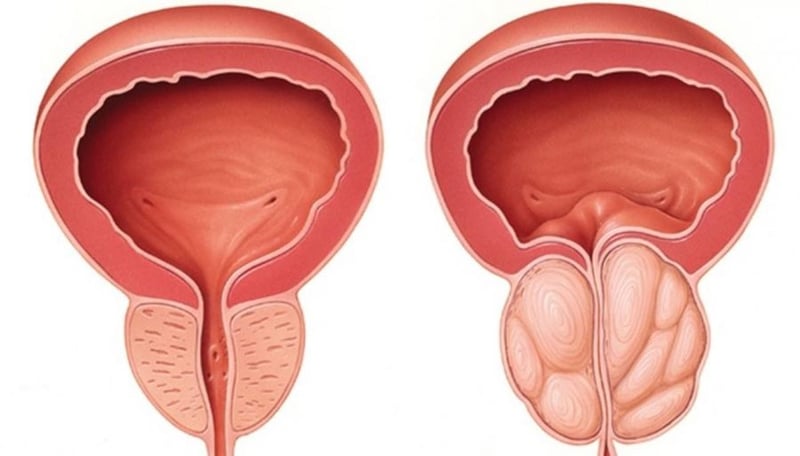New Non-Surgical Procedure Available For Prostate Enlargement Approved For Widespread Treatment Through The UK’s National Health Service
Submitted by: Prostate
South African Men Suffering From Benign Prostate Hyperplasia Treated With Prostate Artery Embolization
Prostate Enlargement affects a large number of men who are above the age of 50, with symptoms occurring in 90% of men by the time they reach 85 years of age. This prevalent condition has numerous symptoms which are problematic and impact the quality of life of sufferers.
Prostate Artery Embolization is an innovative and minimally invasive treatment of a benign prostate enlargement, also referred to as Benign Prostate Hyperplasia. This non-surgical method is being preferred over conventional methods due to its effectiveness and non-invasive nature. The treatment is conducted by safely depriving the prostate of blood supply, causing it to shrink. Symptoms are effectively alleviated in this way.
The procedure has recently been approved by the UK’s National Institute for Health and Care Excellence (NICE). NICE has endorsed Prostate Artery Embolization for the treating of an enlarged prostate which will lead to the procedure being widely available through the UK’s state health care provider, the National Health Service (NHS). As a result, many health insurance schemes across the world will likely assess the procedure for possible inclusion on their schemes. For the high number of men suffering from the symptoms of an enlarged prostate, this is great news as the procedure will become more accessible to them. With short hospitalization and minimal recovery time needed, PAE is revolutionizing the way an enlarged prostate is treated.
Benign Prostate Hyperplasia is accompanied by a range of disruptive symptoms which include a weak urine stream, needing to urinate more frequently, excessive urination during the night and an urgency to urinate. Additionally, the bladder is unable to empty completely which could in turn result in more serious conditions. These include bladder stone development, acute urinary retention and infection of the urinary tract.
Prostate Artery Embolization is a sophisticated procedure which is conducted under a local anaesthetic. Hospitalization typically lasts a few hours as the procedure is usually performed on an outpatient basis. With the use of a thin flexible catheter which is fed through a small incision in the groin, the artery supplying the prostate is located. Once location is determined, the feeder artery is safely blocked with the use of inert particles. The result of this blockage is that the prostate is starved of nutrition and subsequently begins to shrink, reliving symptoms.
NICE has made particular mention of the highly specialised nature of the treatment which can only be executed by a trained expert in the field. An interventional radiologist with PAE training may conduct the treatment safely and effectively. Assessment of the patient prior to treatment is essential, with a team approach encouraged when assessing suitability. Urologists and interventional radiologists who have undergone a adequate level of training in PAE may consult prospective patients.
The result of a safely executed PAE procedure is high levels of symptom relief, particularly when compared to traditional surgery such as transurethral resection of the prostate or TURP. Normal activity can be resumed soon after the procedure is conducted.
Website: http://www.prostatecare.co.za

